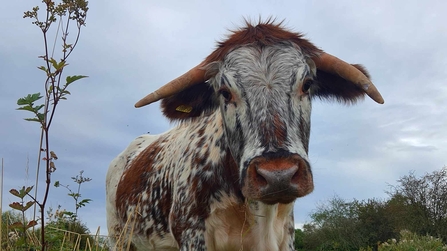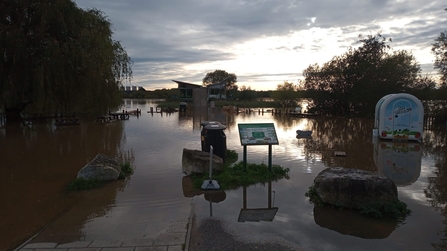Almost a week on from the deluge that affected both people and property across the county, Nottinghamshire Wildlife Trust, the county’s largest locally based environmental charity, is still calculating the cost of flooding caused by Storm Babet.
With many of the Trust’s nature reserves, especially its large wetland sites, being in areas prone to flooding and managed through nature-based grazing, Trust staff and volunteers had to urgently move the charity’s sheep and cattle to safe ground in challenging conditions.


